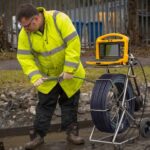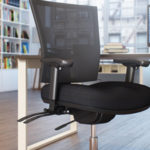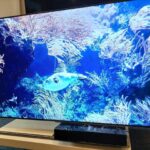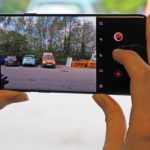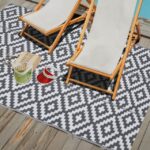If you’re new to performing thermography, and you’re looking for a brand new thermal camera, but don’t know where and how to start looking for the ideal one, then you’re in the right place. Thermal, or infrared cameras are tools that convert infrared radiation into visual images that show temperature variations across a single object or an entire scene. It helps the user measure the temperature of an object or scene without coming in contact with them. The entire process of thermography involves data recording, viewing, analyzing and reporting.
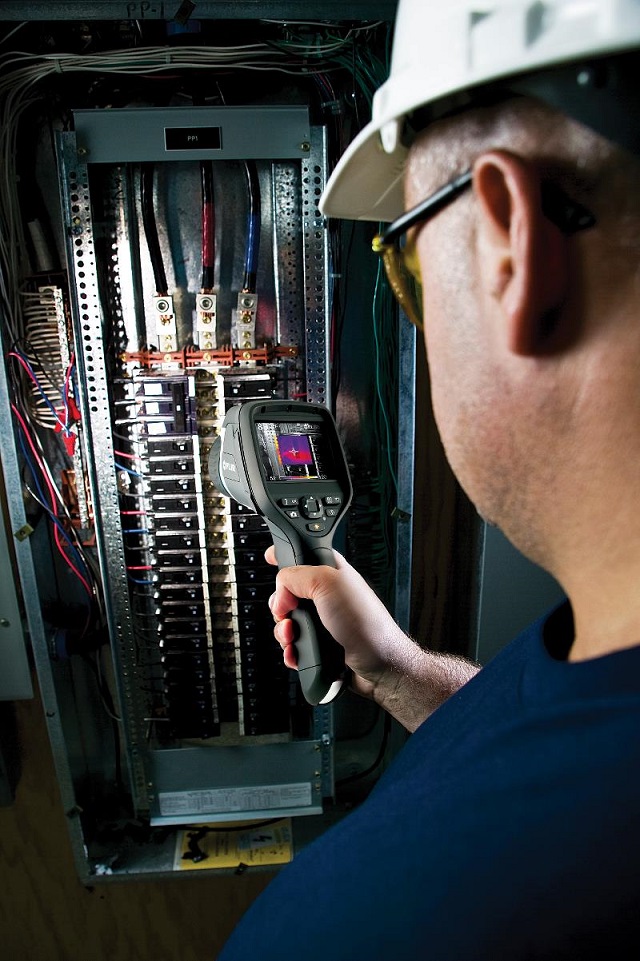
There are many infrared cameras available and the right one for you will mostly depend on your individual needs. There are several cameras you can consider for any application, but some will be better at the task than others. For instance, the FLIR E60 infrared camera is one of the most popular models for a variety of applications, simply because of its overall performance.
It features a 25 degree lens, which makes it ideal for point and shoot uses. Moreover, it’s capable of delivering a very good thermal image due to the fact that it has a 320×240 resolution camera. What makes the FLIR E60 infrared camera better than the E8, for example, is the fact that it can fit the same amount of measurements into a 4 times smaller area. In other words, it makes the measurements smaller from the same distance, which results in a more detailed image. Additionally, the FLIR E60 gives you the ability to add extra lenses.
Generally speaking, some of the features you have to consider before buying any type of infrared camera are:
- The temperature range, which defines how hot or cold your object will become, or the coldest and hottest temperature in the scene you’re recording;
- The temperature resolution (sensitivity), which defines the smallest change you need to measure;
- The exposure time, which defines how quickly the camera can capture a frame of data, similarly to the shutter speed on traditional cameras;
- The recording time, which indicates for how long you can record. You typically have to decide between high speed for short bursts of data and low speed for long period;
- The focus – whether the camera has auto focus or manual focus. Typically, auto focus is always the better choice;
- Other features, such as durability, digital zoom, extra batteries, telephoto lenses, options to adjust angle, etc.
Decide which features matter to you and which don’t in order to narrow down your selection and get the best value for your money.

